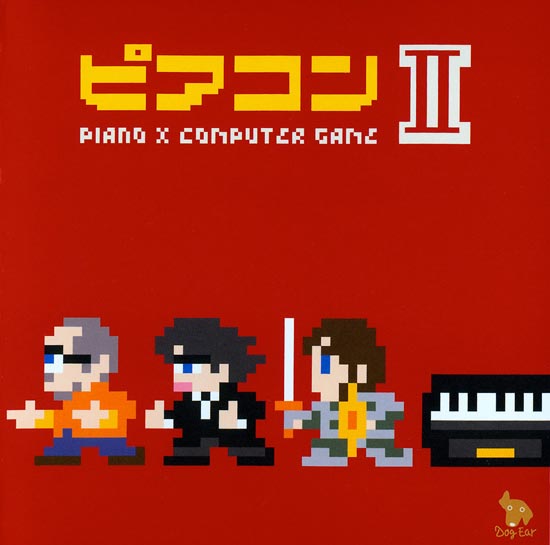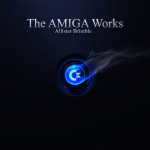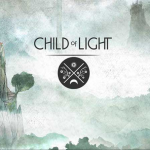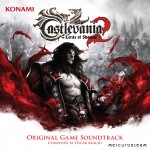Yeah, it was almost a year ago that we let you know that Hiroyuki Nakayama and Masato Kouda were joining original ‘PiA-COMer’ Keita Egusa for the follow-up album. PiA-COM II features not only more performers, but more music from a more diverse set of games, and having been a fan of the first album, I couldn’t be more excited by this prospect.
So, how did this experiment pay off? Did the addition of new members affect the cohesiveness of the album, and did they pick music from games that you actually want to hear?
Find out the answers to all of this and more in our review after the jump!
First, a play list to give you an idea of what’s here:
01 Spelunker Medley / from Spelunker
02 Start Demo ~ BGM1 / from Commando
03 Opening Theme / from Wizardry
04 Start Demo ~ 1st & 2nd BGM / from Ghosts ‘n Goblins
05 OPA-OPA / from Fantasy Zone
06 Elia, the Maiden of Water / from Final Fantasy III
07 Vampire Killer / from Akumajo Dracula
08 Stage 1 / from Milon’s Secret Castle
09 Stage 1 BGM / from Ganbare Goemon! Karakuri Douchuu
10 Dragon Slayer IV Medley / from Dragon Slayer IV
As you would expect, there’s a lot of Famicom love here. Some tracks are ones that you look at and know you’re going to love, but even the ones you’d least expect to win you over are great.
Starting with the “Spelunker Medley” by Egusa, there’s everything here from a slow and emotional opening to a fun and jazzy rendition of the exploration theme that is probably the most recognizable piece from the game. For some reason, I was surprised to see Spelunker here, as I still don’t quite understand why it’s so popular in Japan. I figured it was just popular as a sexual joke in the West, but apparently people in Japan really love this game. Can anyone tell me why? In any case, the medley is impressive, allowing anyone who’s with me in not caring about the game at least enjoy the music.
Later, Egusa takes on the track I was looking forward to the most: “OPA-OPA” from Fantasy Zone. If you haven’t figured out by now, I love this soundtrack, and this song in particular is so upbeat and memorable. Egusa gives the track a great swing in the bass section, but gives the main melody such an elegant arrangement that I couldn’t be happier with the result. It’s everything I could have wanted. “Stage 1” from Milon’s Secret Castle is fun and whimsical, although straightforward, while the “Dragon Slayer IV Medley” is masterfully pieced together, covering a variety of emotions, and really makes me want to go play Legacy of the Wizard again to get reacquainted with these melodies.
Kouda responds with the memorable starting tune from Commando, opening with a militaristic arrangement before launching into something much more delicate and classical in nature. Already Kouda has made a believer out of me! His only other contribution is “Vampire Killer,” which, while entirely overdone, can still be appreciated for the swing that Kouda injects into the piece, and the repetitive bass notes add an element of tension that really stands out.
Nakayama gets a go with the “Opening Theme” from Wizardry. I was never really into this series, but the fact that late Kentaro Haneda scored the game has piqued my interest in the series, as I loved his arrange album of the music from the Suikoden series. Regal yet whimsical, the melody flows seamlessly from Nakayama’s finger tips. I love the dynamic range on this one. He continues with Ghosts ‘n Goblins, which offers no surprises, and is pretty true to the original.
His take on “Elia, The Maiden of Water” is equally majestic. It’s slow and contemplative with lots of piano flourishes. This is exactly what I’d expect from a Piano Collections Final Fantasy I-III album if they ever put one together. Later, his track from Ganbare Goemon! Karakuri Douchuu of course sports an Asian influence, trudging along with lots of bass. It’s not the most upbeat first stage theme, but it does sound like something out of the Ganbare Goemon universe for sure.
Overall, PiA-COM II is a huge upgrade in that it features a whole lot more music from a variety of games. It also brings in more variety with arrangers Masato Kouda and Hiroyuki Nakayama, both of whom perform wonderfully. In terms of packaging, just as with the first album, I love the contained artwork, with each arrangement getting its own little Famicom cartridge in the booklet. The 8-bit pixel art of the three arrangers and the piano on the front is nice too.
The album is available from both CD Japan and Play-Asia, and I recommend checking it out if you’re a fan of piano arrangements or the music from any of the features games. Maybe it’ll turn you on to something you weren’t previously familiar with!
What do you think of the addition of arrangers to the PiA-COM roster, and what games do you think the group needs to tackle next? Does the Final Fantasy arrangement make you want a Final Fantasy I-III Piano Collections CD more than ever?
Tags: Arrangements, Arrangers, Castlevania, DER, Dog Ear Records, Fantasy Zone, Final Fantasy, Hiroyuki Nakayama, Keitha Egusa, Masato Kouda, Music Reviews, PiA-COM II, PiA-COMs, Piano, Reviews, Spelunker








































